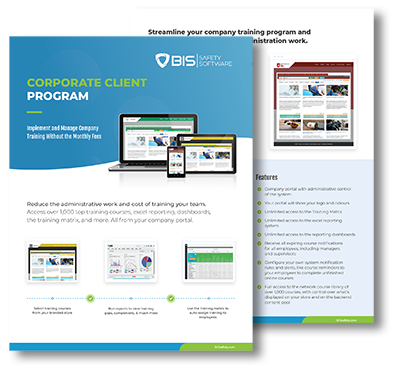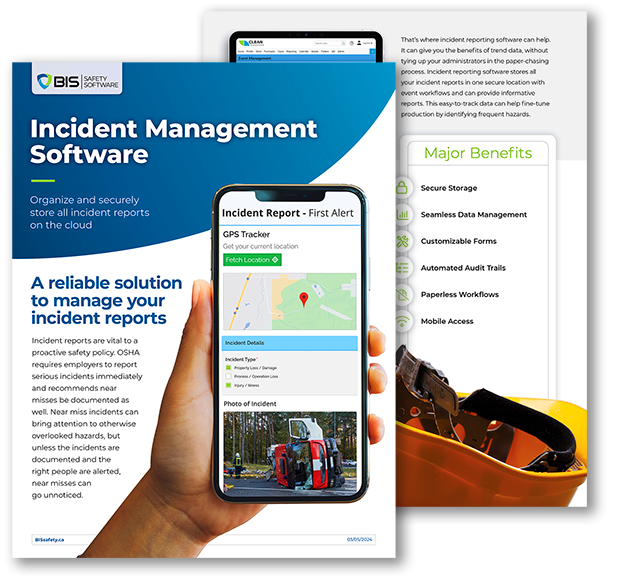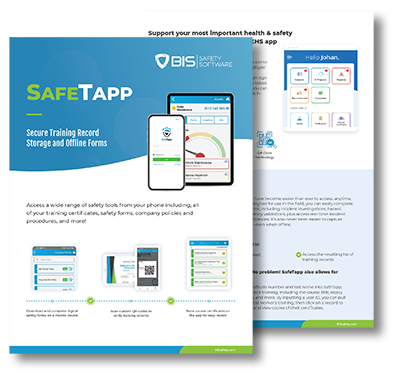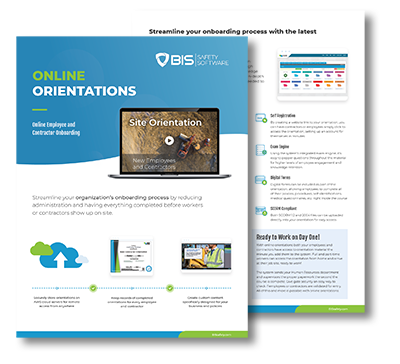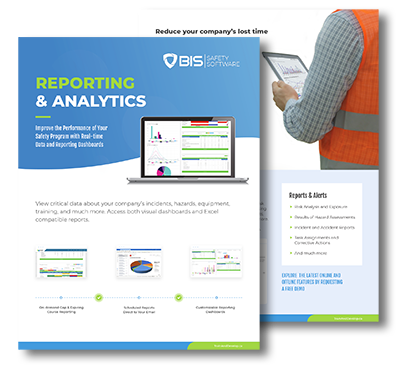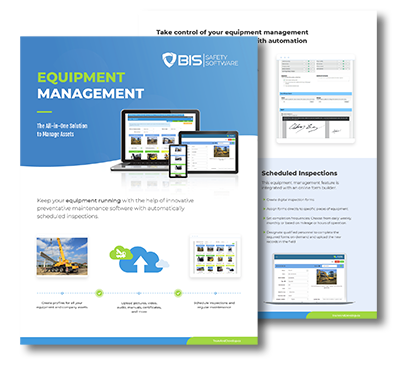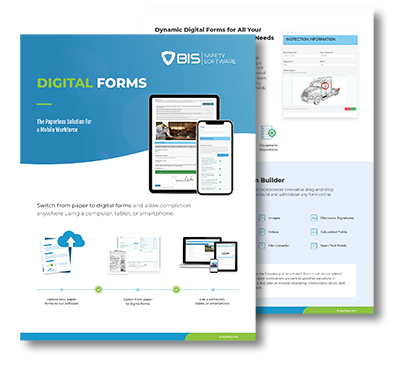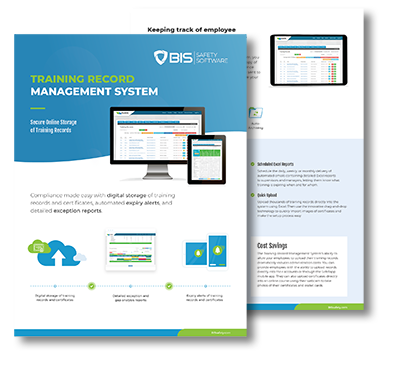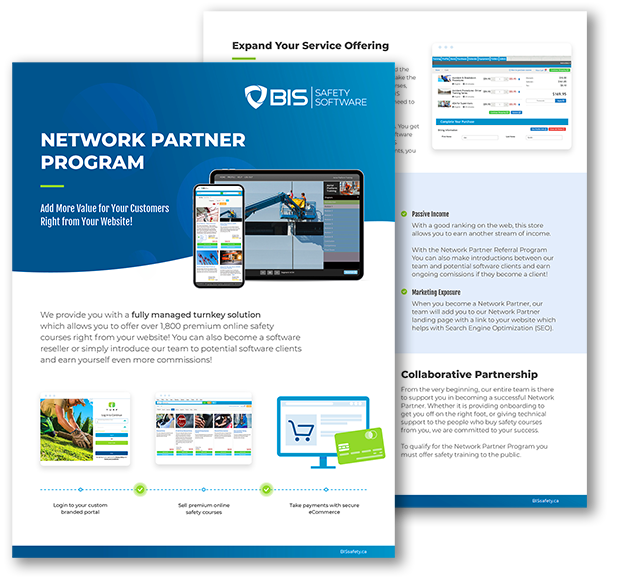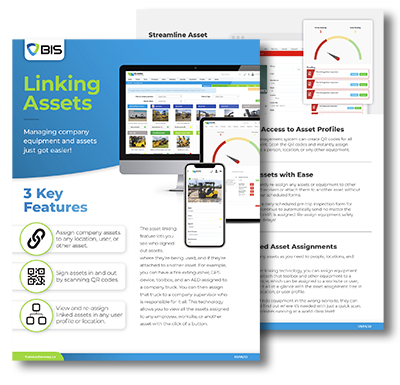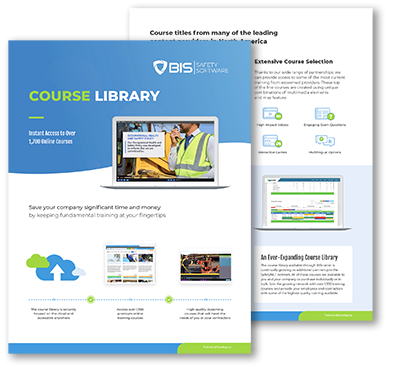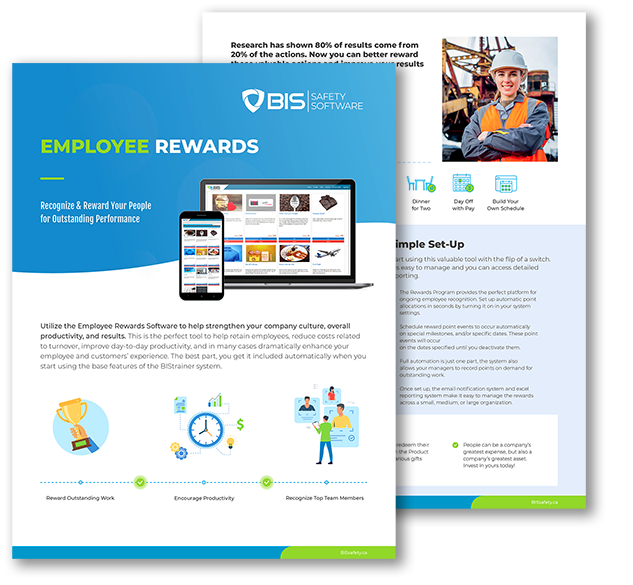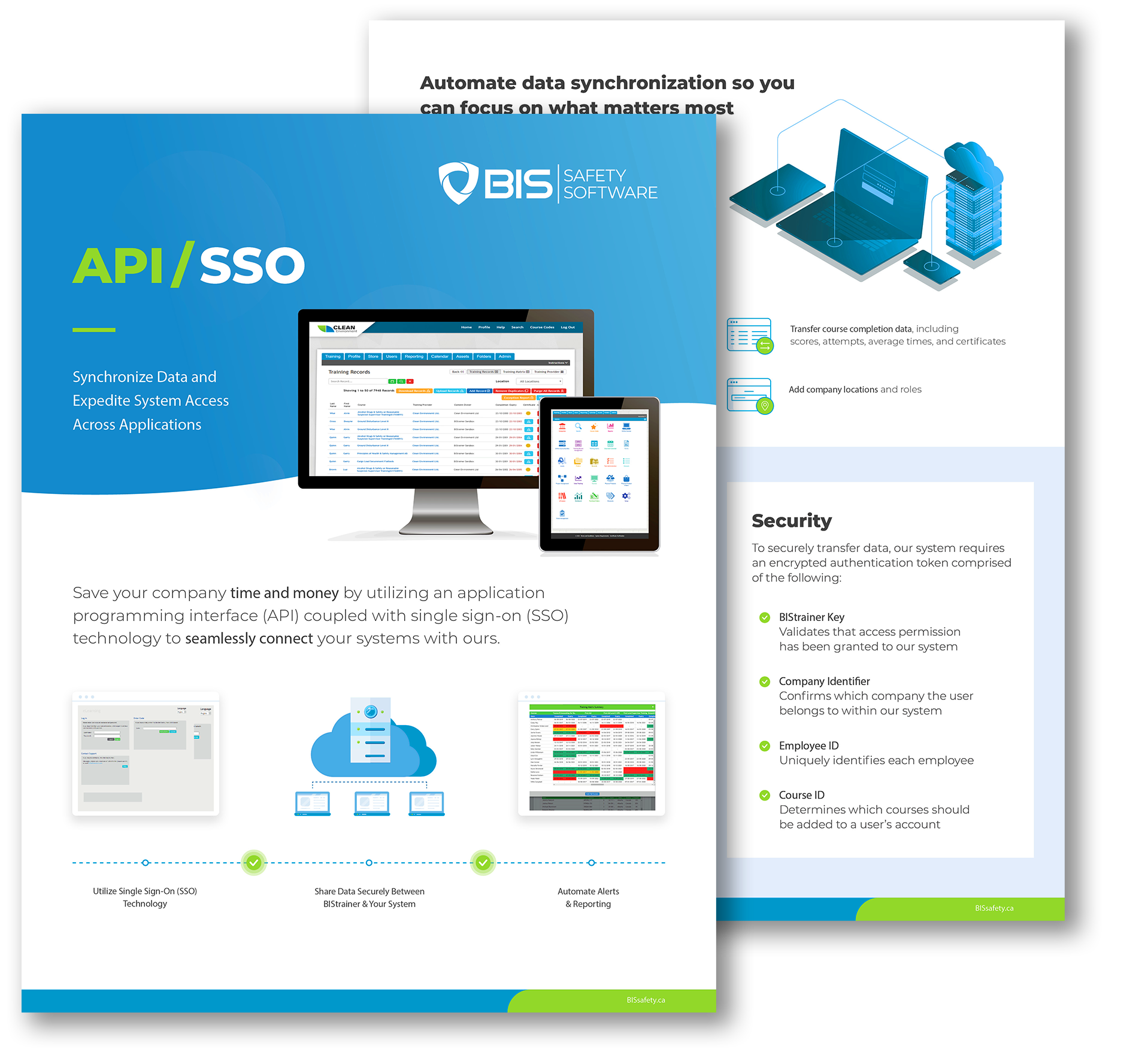BIS Safety Software
Preventing Injuries: Avoiding Sprains & Strains
This dynamic industrial course has been created for workers involved in manual labor. It aims to impart a comprehensive understanding of sprains and strains, and their causative factors._x000D_

This dynamic industrial course has been specifically developed for workers involved in manual labor. Upon successful completion of this course, participants will be able to:
- Comprehend the meaning of sprains and strains and their causative factors
- Identify early signs and symptoms of a strain or sprain to prevent the injury from progressing
- Recognize risk factors that may lead to a sprain or strain
- Understand how to reduce the risk of injuries both at work and home and enhance overall comfort through appropriate use of equipment, task setup and body utilization
The primary characteristics and advantages of the 'Preventing Injuries: Avoiding Sprains & Strains' course are:
- Interactive multimedia course with engaging content supplemented by audio narration
- Incorporates key elements required under numerous Health and Safety Code Jurisdictions
- Flexibility for participants to take the course at their convenience and revisit the content whenever required
- Self-paced learning enabling participants to learn at a comfortable pace suiting their learning needs
- Significant reduction in training costs typically associated with in-person or remote training sites
- Module 1 – Elucidating and defining sprains and strains
- Examples of sprains and strains including shoulder muscle strain, lower back pain, and elbow tendonitis or areas of the body most affected
- Phases of sprains and strains injuries
- Periods posing high risk for injury
- Signs and symptoms
- Module 2 – Risk factors related to injuries at home and at work
- Explanation of the four primary risk factors
- Examples of each risk factor to enable learners to easily identify them at home and at work
- Discussion on how our individual traits can influence our risk of developing a sprain or strain
- Module 3 – Body Mechanics
- Clarifying tissue capacity and demand and how exceeding capacity increases our risk of injury – emphasizing the importance of knowing our limits to stay safe and healthy
- Understanding the back
- The structures that form the back
- Correct body mechanics – safe positioning of the spine (S-shape)
- Appropriate lifting techniques for different types of loads
- Strategies to reduce risk of injury to the shoulders and knees
- Module 4 – Strategy
- Understanding employee strategies that can be employed to minimize identified risks
- Safe exercises and stretches that can be utilized to relieve discomfort at work and at home
- Module 5 – Summary
- Prevention through awareness, cooperation, assessing situations and understanding personal limitations
Approximately 45 minutes
Participants are evaluated after each module through exercises and questionnaires. A score of 75% is required for successful completion of the course and to earn a certificate. Participants have unrestricted access to the course during and after completion.
Upon satisfactory completion of this online course, a completion certificate will be made available for download and print.
Course Details
Course Length
This course will take roughly 45 minutes
Passing Mark
To pass this training course, you need to score 75% or higher on the quiz
Certificate
Upon the successful completion of this course a certificate with your name will be stored on your profile and available to print
Additional Training Courses

Chemical Facility Security Awareness Training
Imagine if malefactors or terrorists obtained access to potentially harmful chemicals at your facility, or worse, placed an explosive device at your workplace? The...

HAZWOPER Refresher for Emergency Responders: Chemical Fundamentals
The HAZWOPER Refresher for Emergency Responders: Chemical Fundamentals course aims to educate participants on the interpretation of chemical-related terminologies; the health and physical risks,...

ICC Shipping Lithium Batteries by Ground & Air (US)
WB-LITGAU10R. This course provides regulatory knowledge on the shipment of lithium batteries by ground in the US and by air using both the 49CFR...


